With a little sun this afternoon I decided to run out to Eagle in Waukesha County. I thought I would try for a couple more shots with some sun of the Rufous Hummingbird as I heard it is still being viewed. There was a small crowd of birders when I arrived. When I was there the Rufous was pretty consistent coming to the feeder. Those feedings were about every 25-30 minutes. When it showed, it gave nice views dipping into the feeder for nectar about 5 times, then off in a flash! Nobody ever really could follow to where it was perching. Birders came and went while I was there. Even though there have been a couple Rufous Hummingbirds in the last 2 years in the state, still a life bird for many that were present. All and all a beautiful day to be out birding with warm temps and nice sunshine. It was nice to see a few old birders and meet some new ones too. Thanks again to Danielle and Raef for being such nice hosts and allowing birders in to see this beauty on their property! Images were taken on October 24, 2014.
Rufous Hummingbird
Binomial name: Selasphorus rufus
Category: Hummingbirds
Description: Primarily rust-colored feathers with a small patch of white on the chest. Red-orange patch on throat. Short wings and a slender, slightly sloping bill.
Size: 2.8″-3.5″ long, 3” – 4” wingspan
Weight: 0.071 oz. – 0.18 oz
Habitat: Open broadleaf forests, orchards, meadows, parks, swamps, and yards
Natural Range: West Coast from Alaska to Mexico and Rocky Mountains, wintering in the Gulf Coast and Southeastern Atlantic states. They are occasionally, although rarely, found in cold-weather areas such as the Midwest due to their surprising hardiness.
Diet: Tree and flower nectar, small insects, and hummingbird feeders
Nesting: The males may mate with several females but do not care for the young. The female provides all parental care, building a nest in a protected tree or shrub. They favor either deciduous or coniferous trees such as spruce, cedar, maples, pines, birch, and hemlocks. The nest is made out of bud scales, lichen, spider silk, and dandelion or thistle down. The same nest may be used year after year and not necessarily by its previous occupant. The female will lay 2-3 eggs at a time, laying 1 brood per summer. She incubates the eggs for 15-17 days, and the young remain in the nest for 15-19 days.
Notes: This high-strung bird is considered extremely aggressive and will chase other animals from feeders or its nest including larger birds, chipmunks, and even other hummingbirds. Like other hummingbirds, Roufus Hummingbirds are adept flyers and can hover, dart, and perch with ease. They have even been seen to pluck insects out of midair.

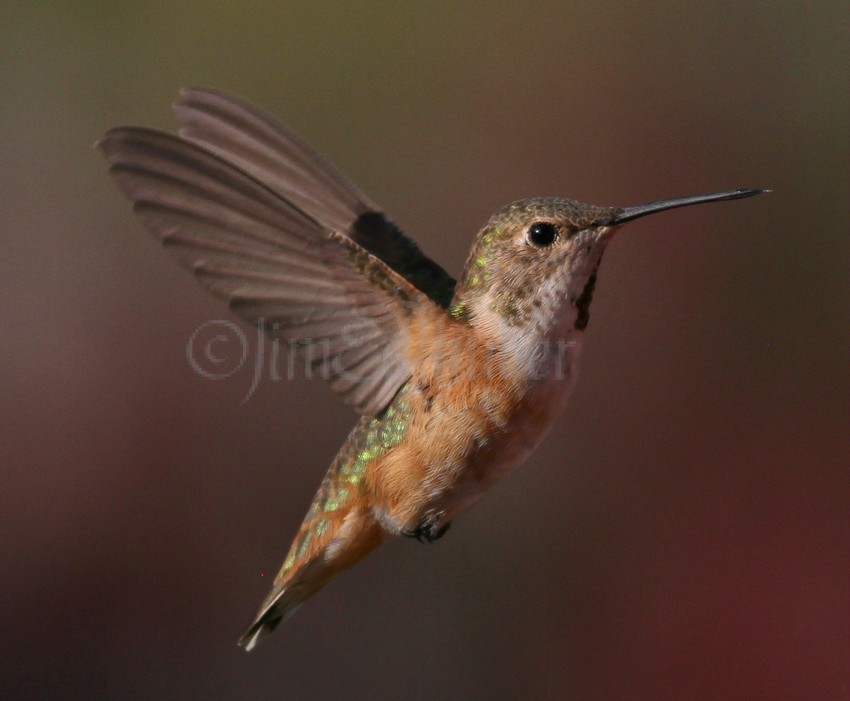

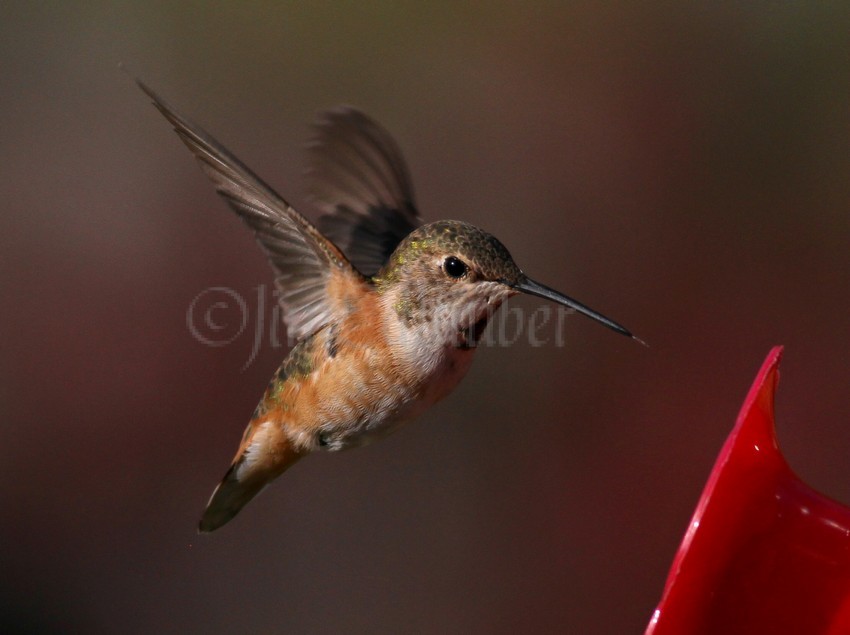
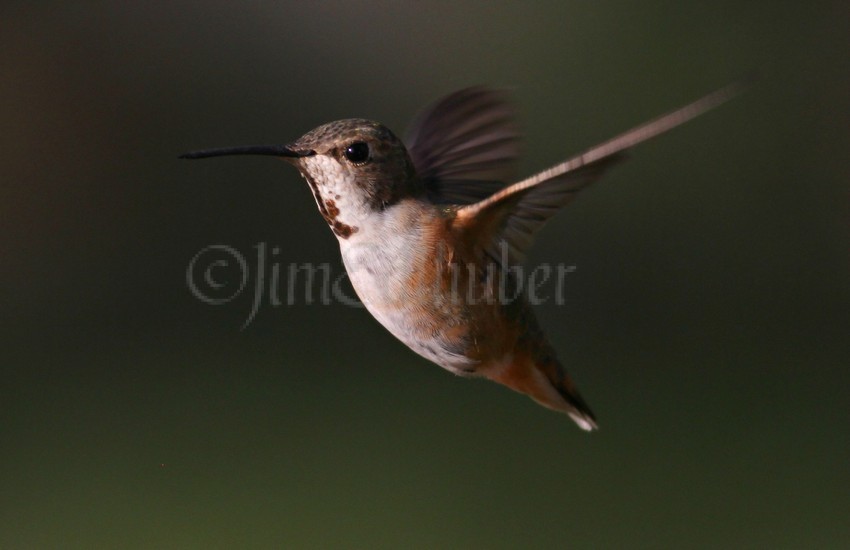
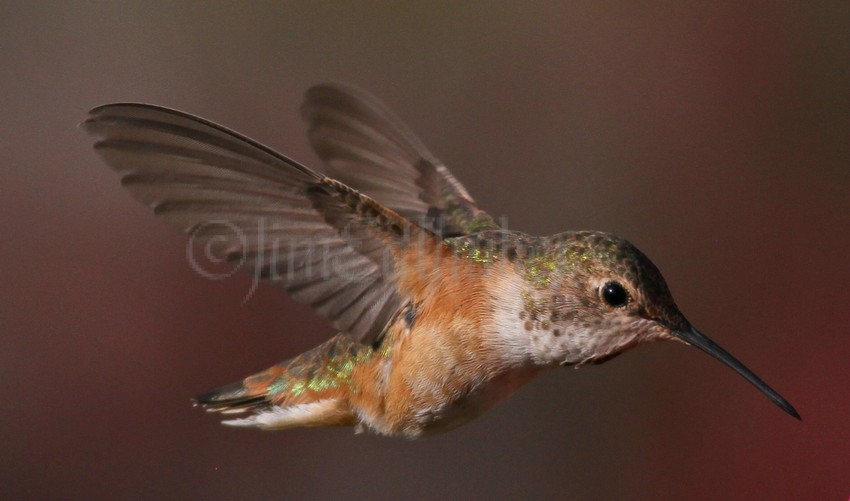

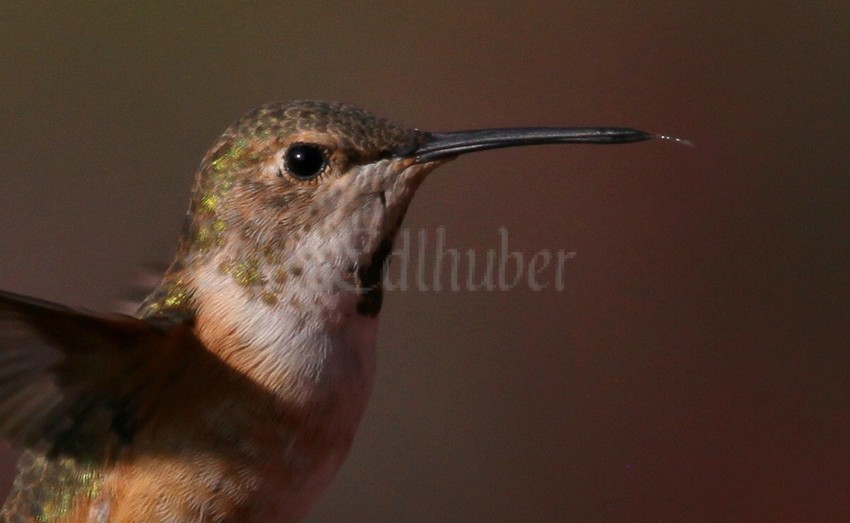
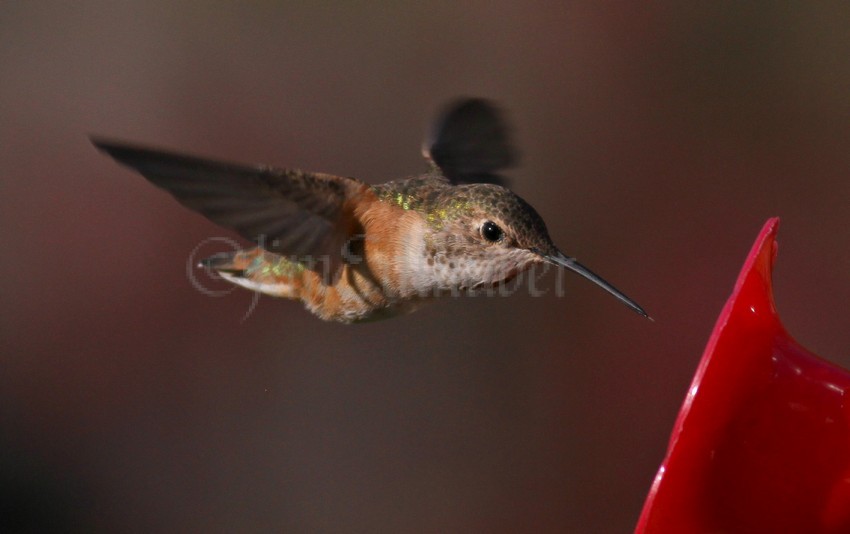
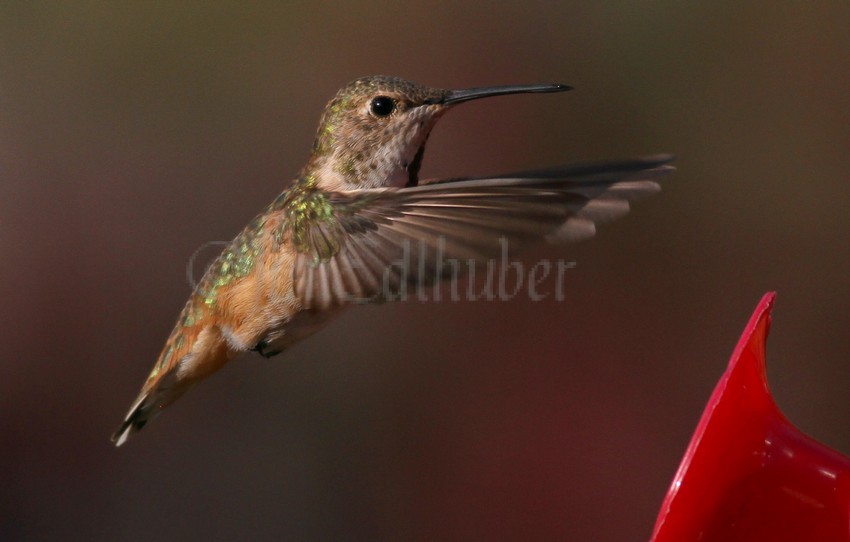

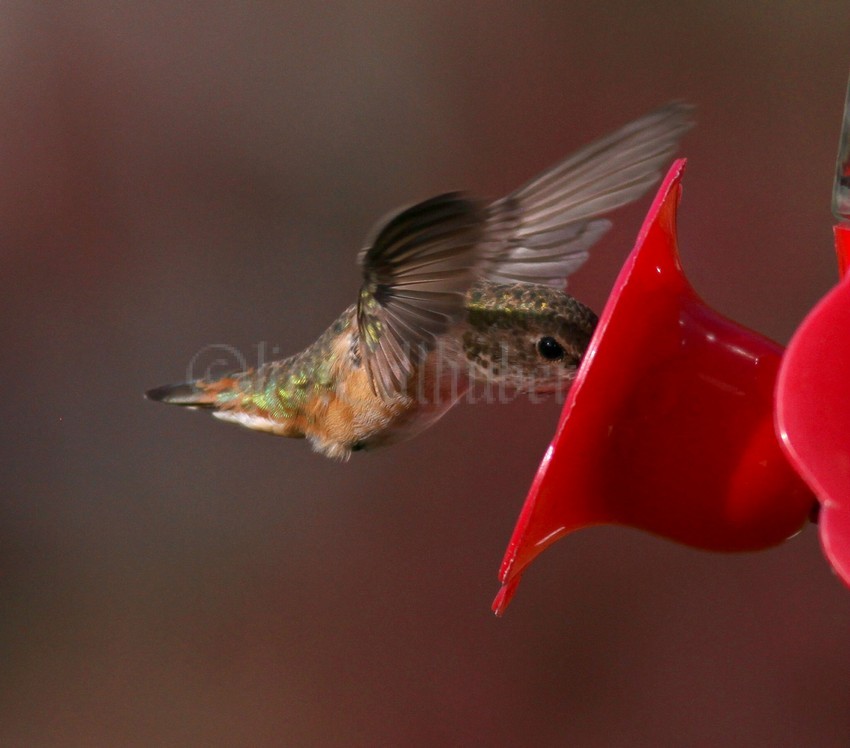
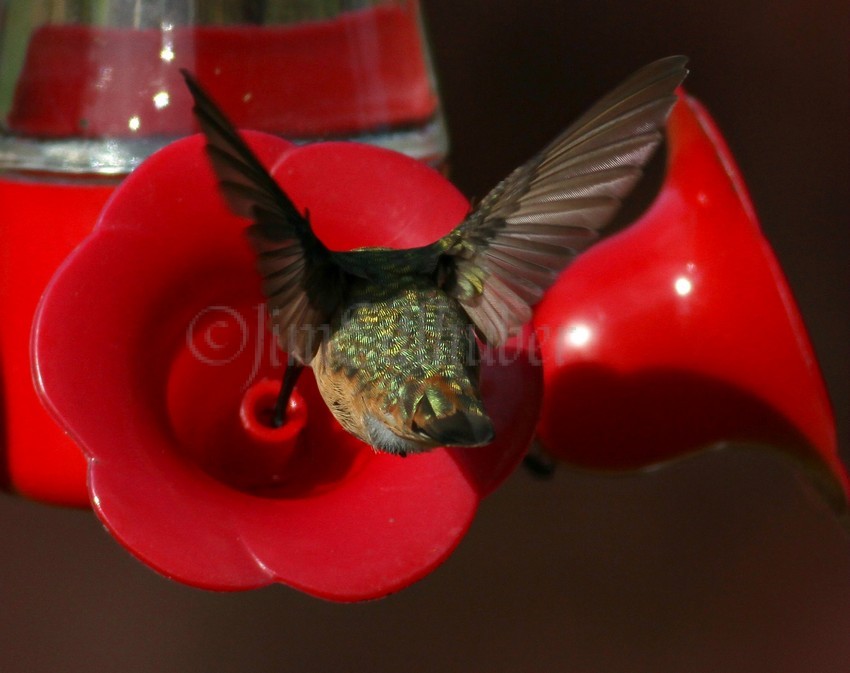
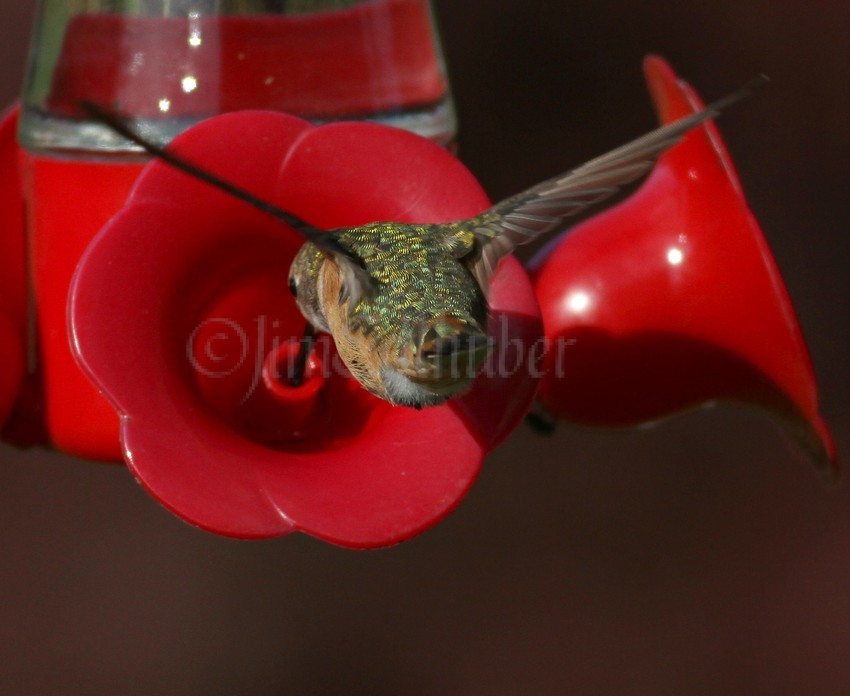
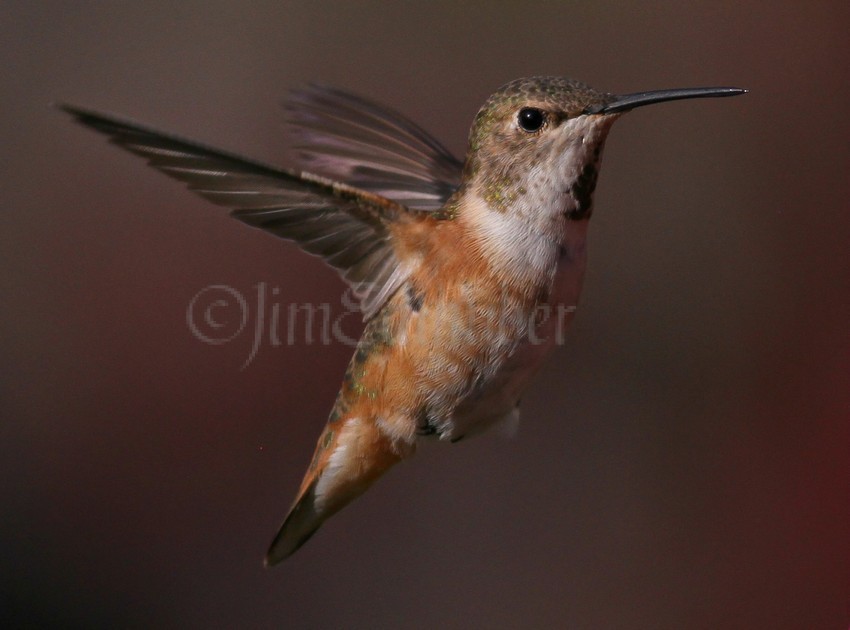

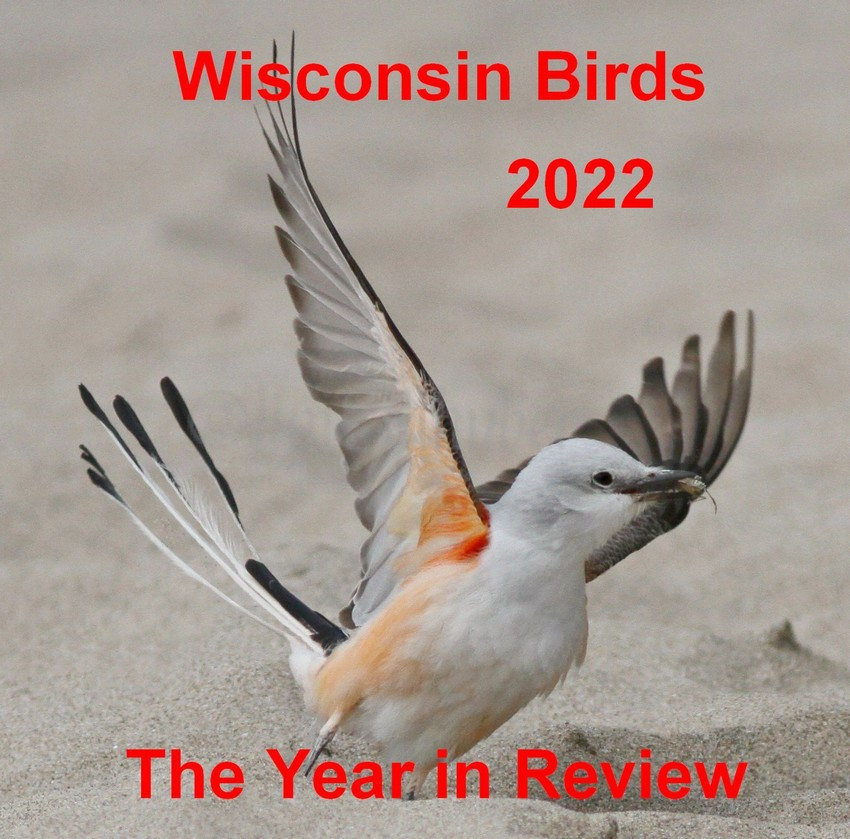
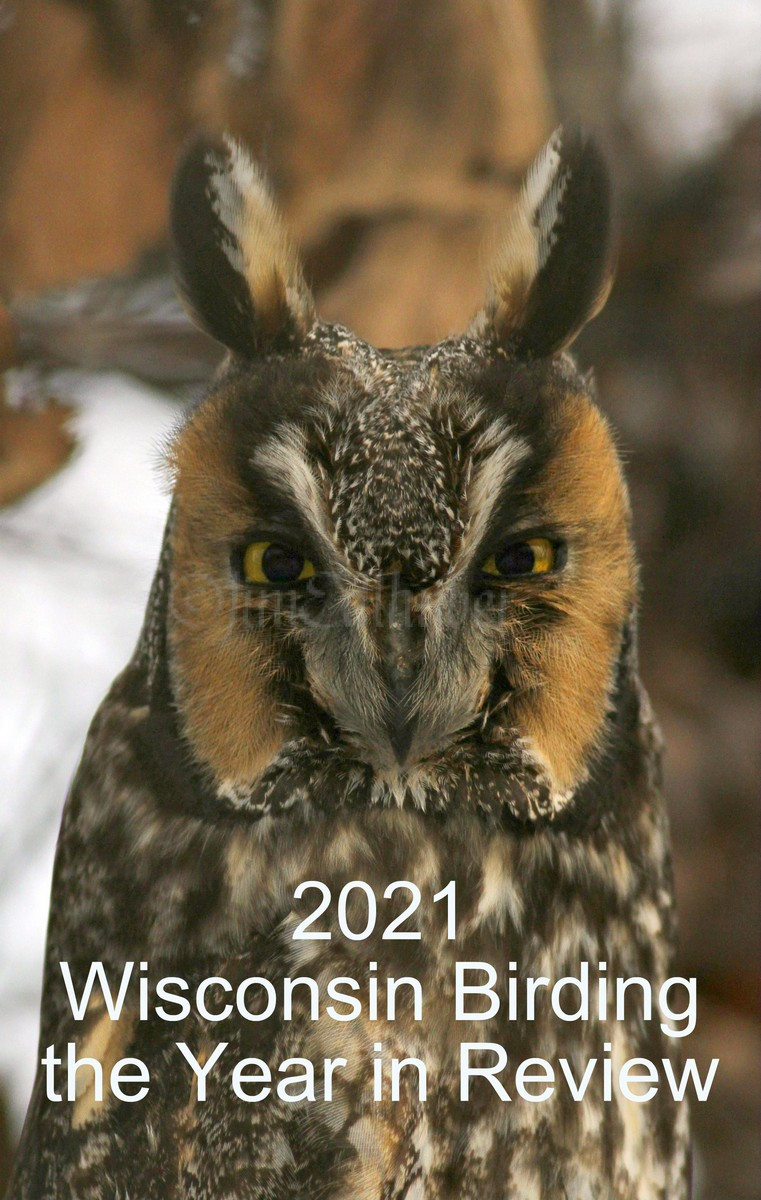


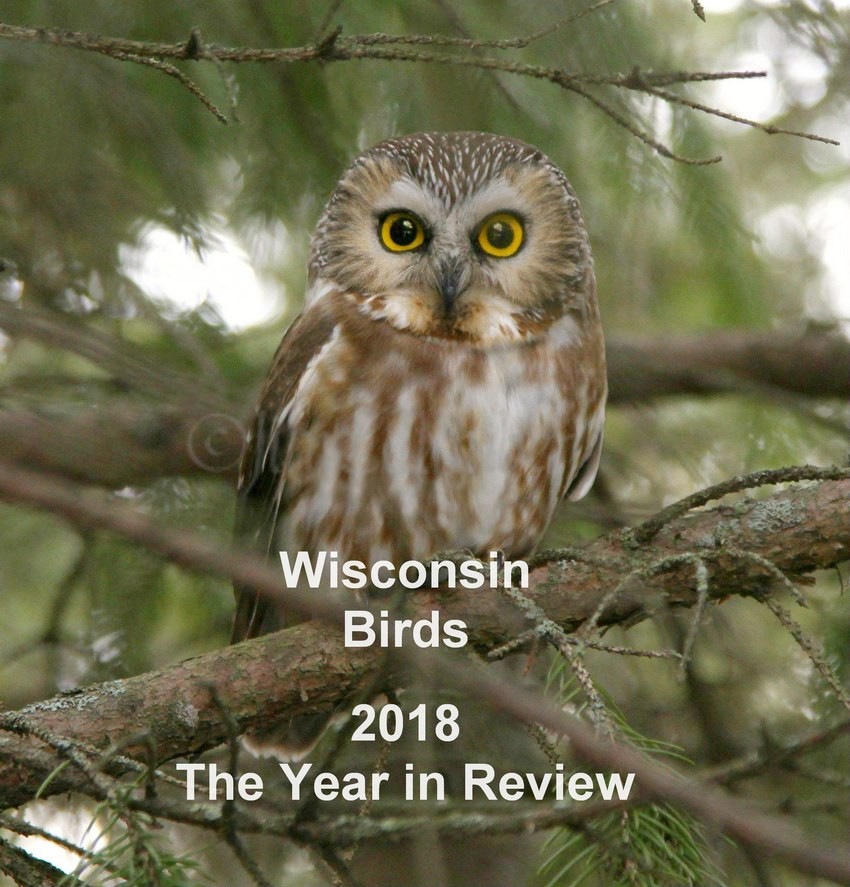
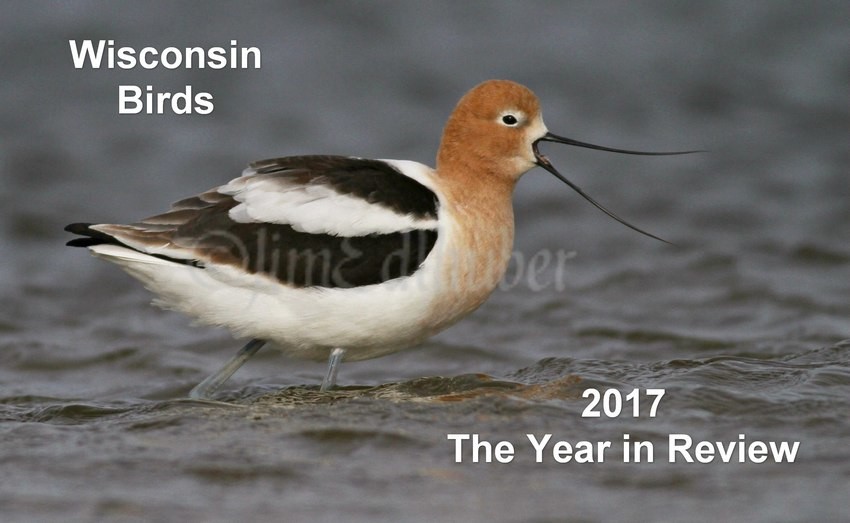
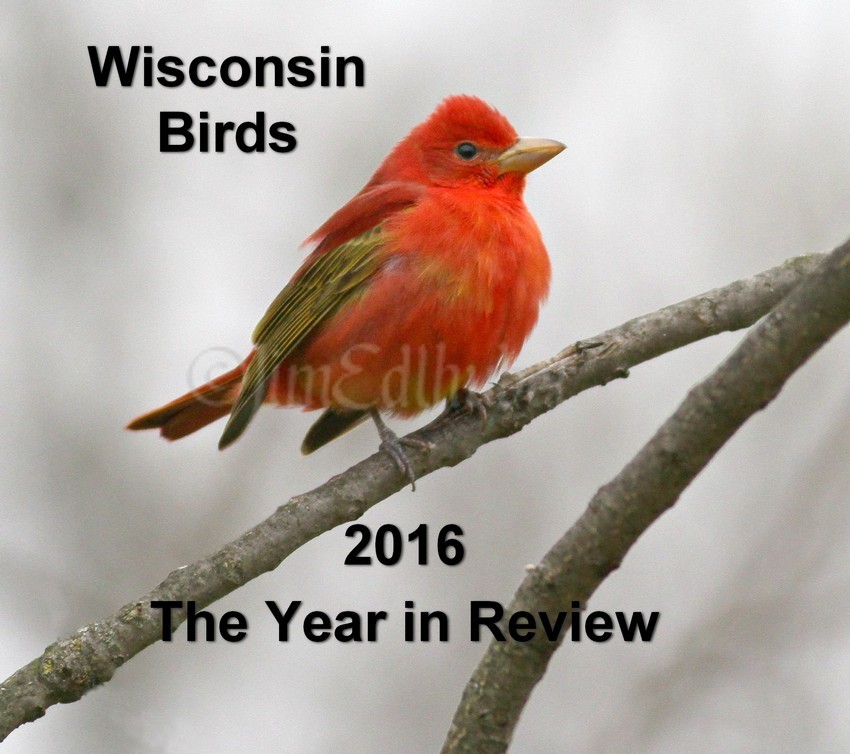
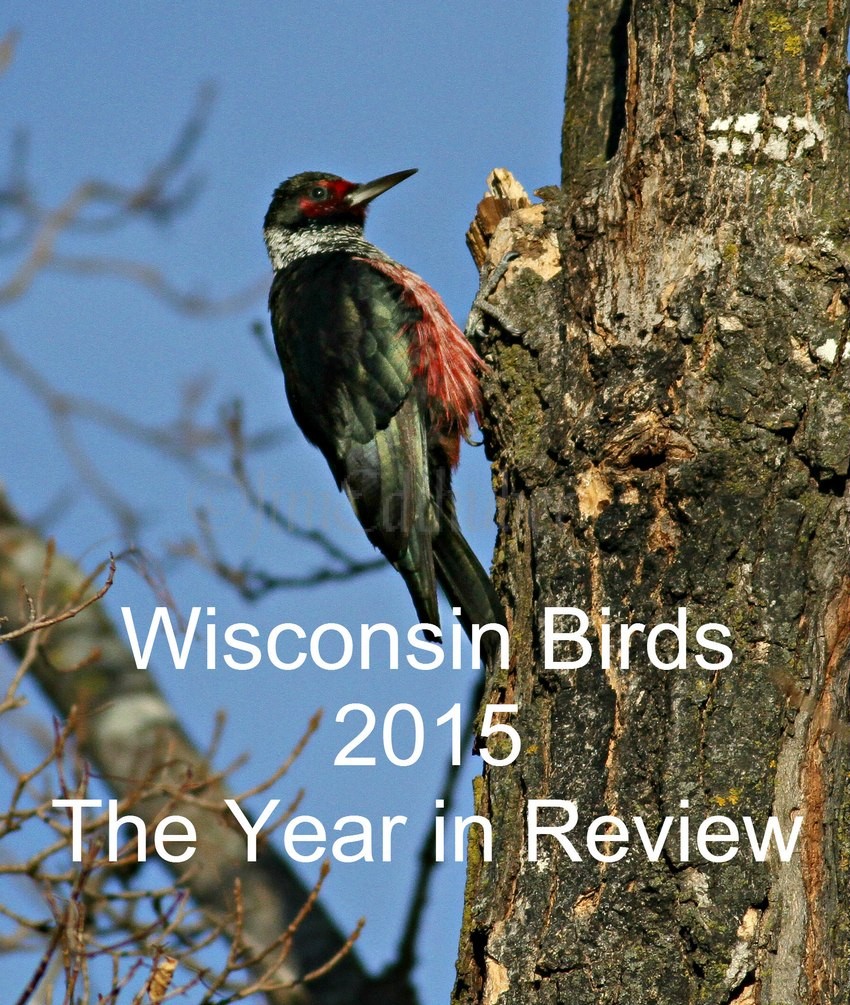


Great pics again. I love to look at every one. Thanks for sharing.